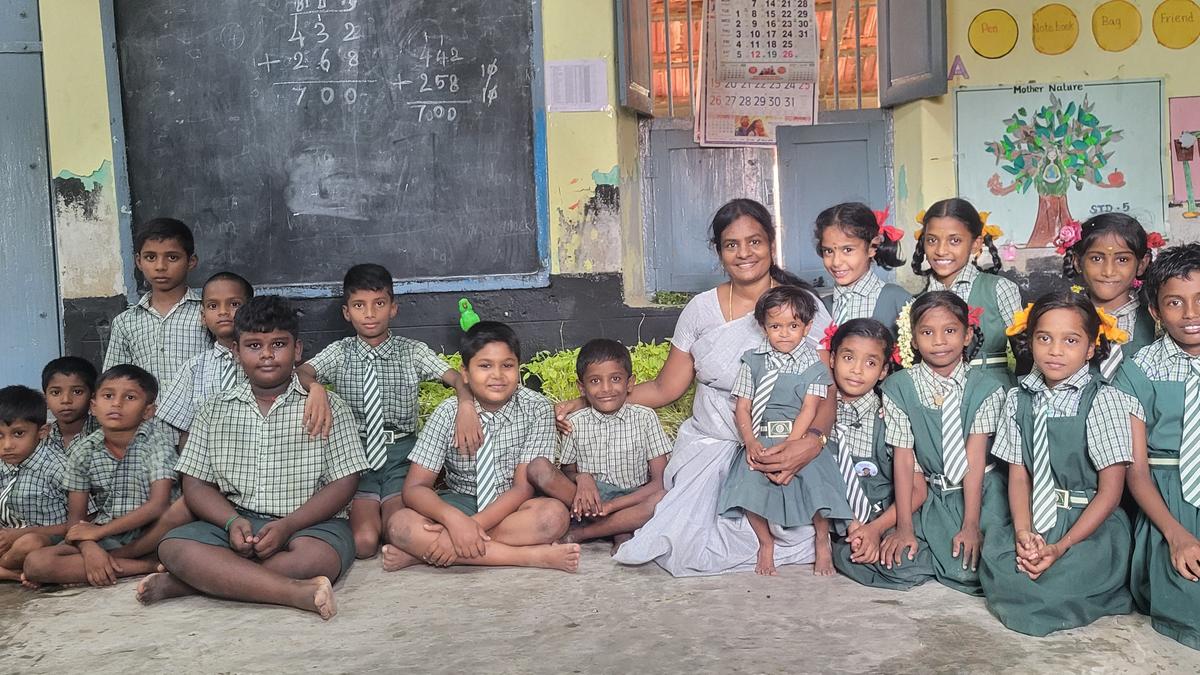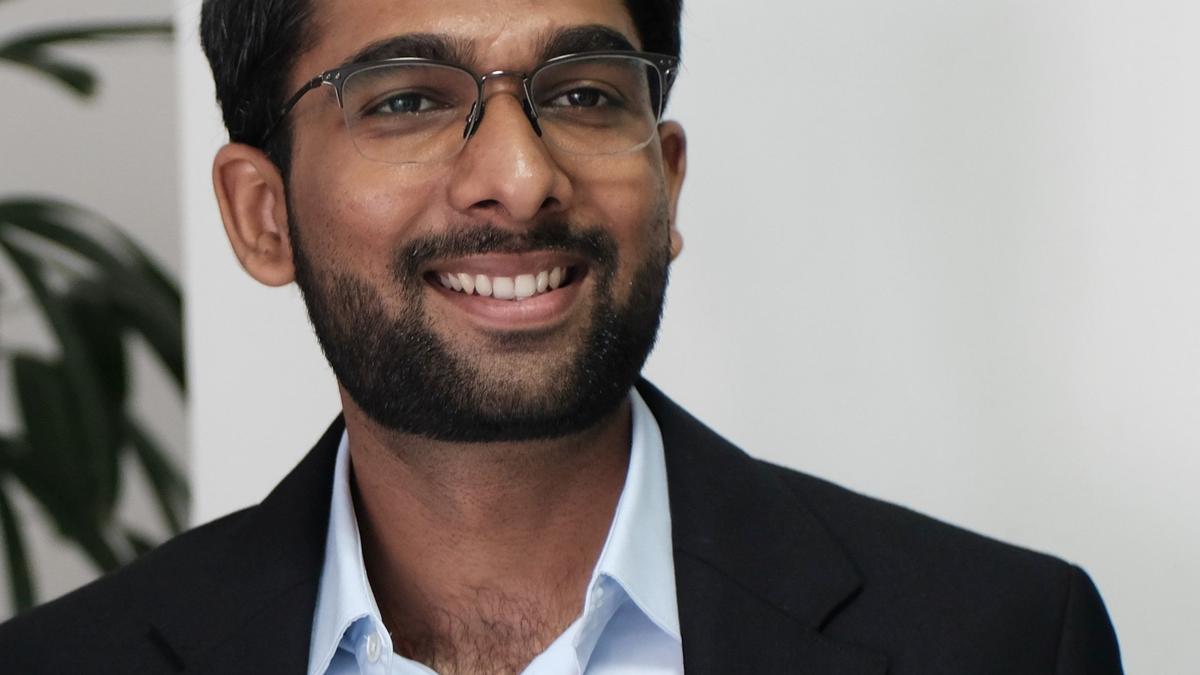Why multi-cultural universities must build mental health systems with care

I still remember the first time a student broke down in my office. It wasn’t over grades, or deadlines, or missed classes but because she felt completely, deeply alone. Thousands of miles away from home, surrounded by unfamiliar food, languages, and faces, she had no one who truly understood. And no one had asked. That moment stayed with me and made me realise how easy it is for students to slip through the cracks when emotional well-being is seen as optional, rather than essential.
Crisis on campus
In 2025, India was shaken awake by a sobering reality: a sharp rise in student suicides prompted the Supreme Court to set up a National Task Force on Student Mental Health. Over a decade, suicide rates on campuses had risen by 64%. A staggering 12.3% of students reported suicidal thoughts; 5.2% had attempted it. These are not just statistics. These are young lives, that have been bearing their burdens for too long in silence.
The crisis didn’t appear overnight. Most campuses still treat mental health as a crisis response mechanism, offering a counsellor or two, hidden behind closed doors. But what students need is not just support services. Support shouldn’t feel like a last resort. It should be part of a student’s everyday rhythm, a quiet constant that reminds them they’re not alone.
What can be done
If universities are to move forward, we must ask what real care looks like. It starts before a student even enters the classroom. This involves
Proactive onboarding: During orientation, mental health resources should be introduced as naturally as course outlines.
Peer mentoring: Students often talk to friends before they ever approach faculty. Training senior students as emotional first responders like Hong Kong’s Wellness Ambassadors can bridge the gap between crisis and care.
Faculty as gatekeepers: A simple “Are you doing okay?” from a professor can change everything. Faculty who know how to listen, notice, and refer can be a lifeline.
Early-warning systems: AI-powered tools can flag chronic absenteeism, disengagement, or distress, without breaching privacy. Using data sensitively can help institutions act before it’s too late.
Taking this thought ahead, for students in multicultural cities or those studying abroad, the emotional strain intensifies. They’re not just adjusting to college, but to new holidays, new norms, new everything. Homesickness isn’t just missing home, it’s losing your rhythm, your flavour, your language. In such situations, mental health support must be culturally rooted and community driven.
For example, Dubai’s Knowledge and Human Development Authority (KHDA) is setting a powerful example by asking a simple but transformative question: Are your students okay? With this as foundation, they have formulated the Mental Wealth Framework and well-being audits. KHDA holds universities accountable not just for performance, but for emotional safety. Buddy systems, multilingual counselling, daily mindfulness sessions, and campus-wide cultural celebrations are now integrated into university life and create belonging. When students belong, they don’t just cope. They grow.
Lessons for India
India now stands at a similar crossroads. With UGC’s “well-being cell” guidelines and the upcoming 2026 review, institutions have a choice: build systems that check boxes or build communities that truly care. True well-being systems aren’t built with policies alone, but by people. Students need familiar languages, cultural connections, and faculty who lead with compassion, not just instruction. Mental health must be part of daily life, not emergency protocol. Because when care becomes culture, students stop hiding and start healing.
The writer is Executive Director, Symbiosis Dubai
What's Your Reaction?
 Like
0
Like
0
 Dislike
0
Dislike
0
 Love
0
Love
0
 Funny
0
Funny
0
 Angry
0
Angry
0
 Sad
0
Sad
0
 Wow
0
Wow
0

























































































